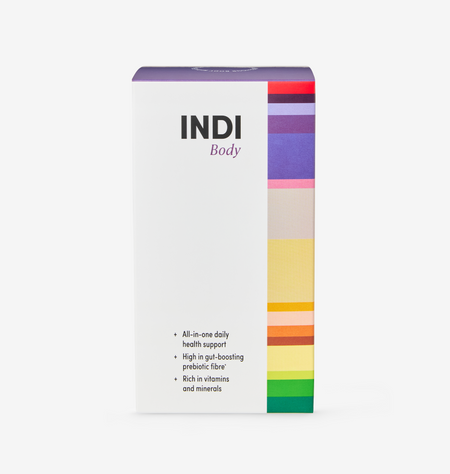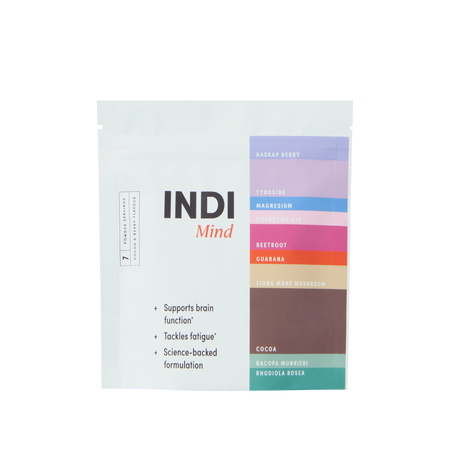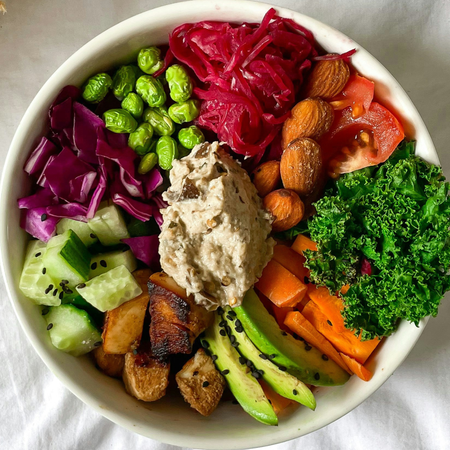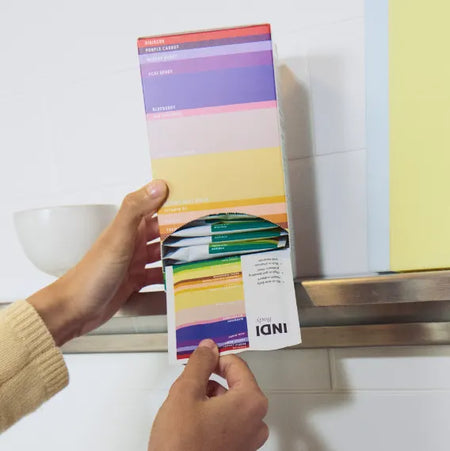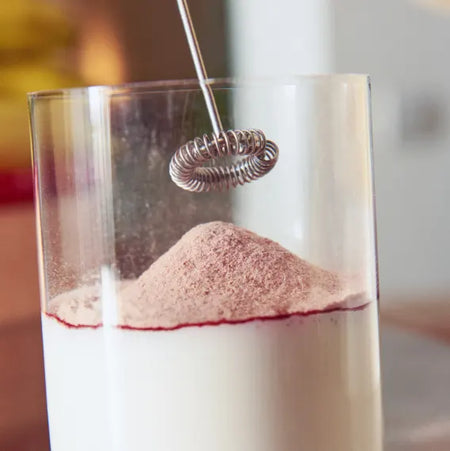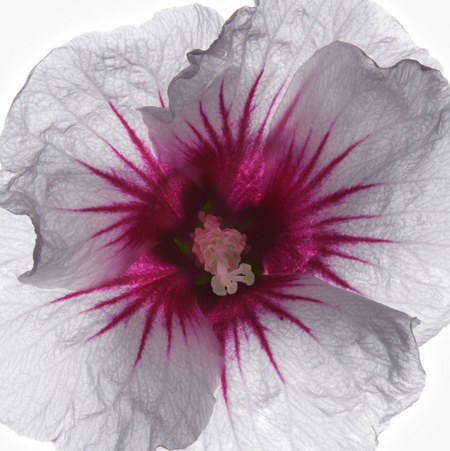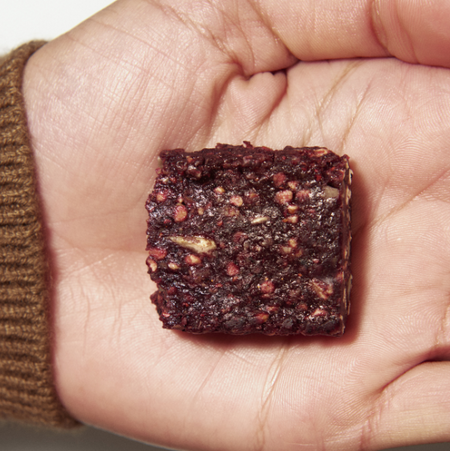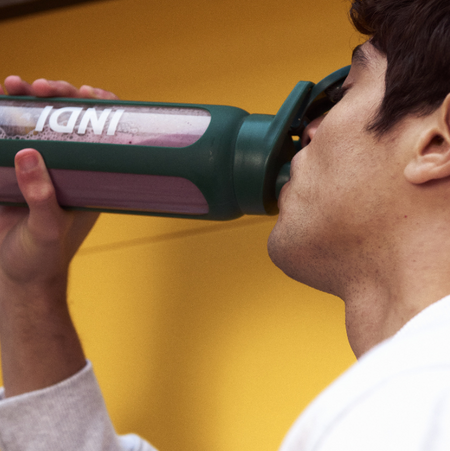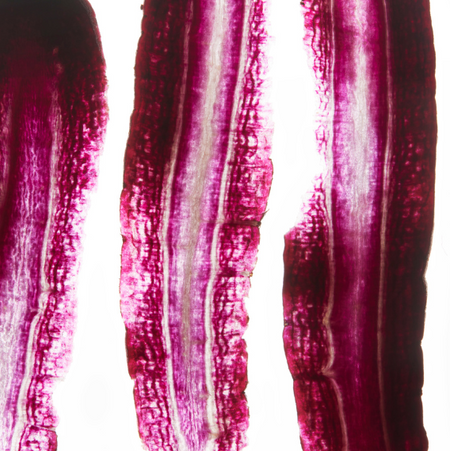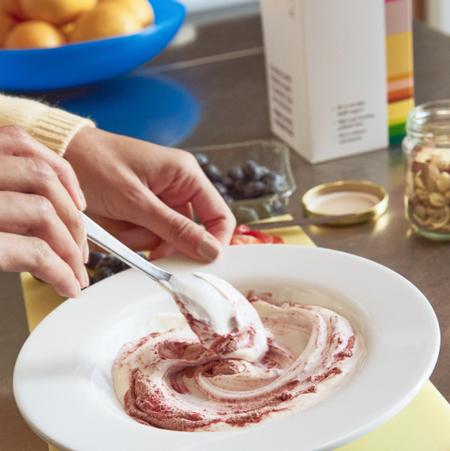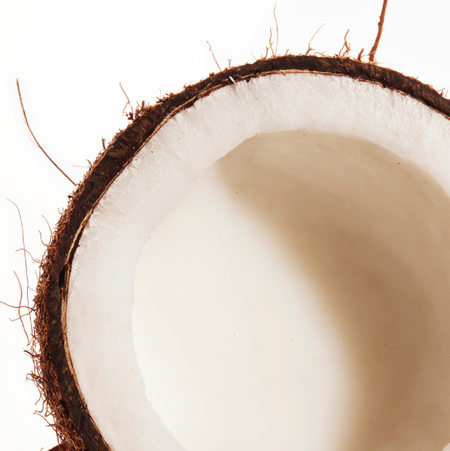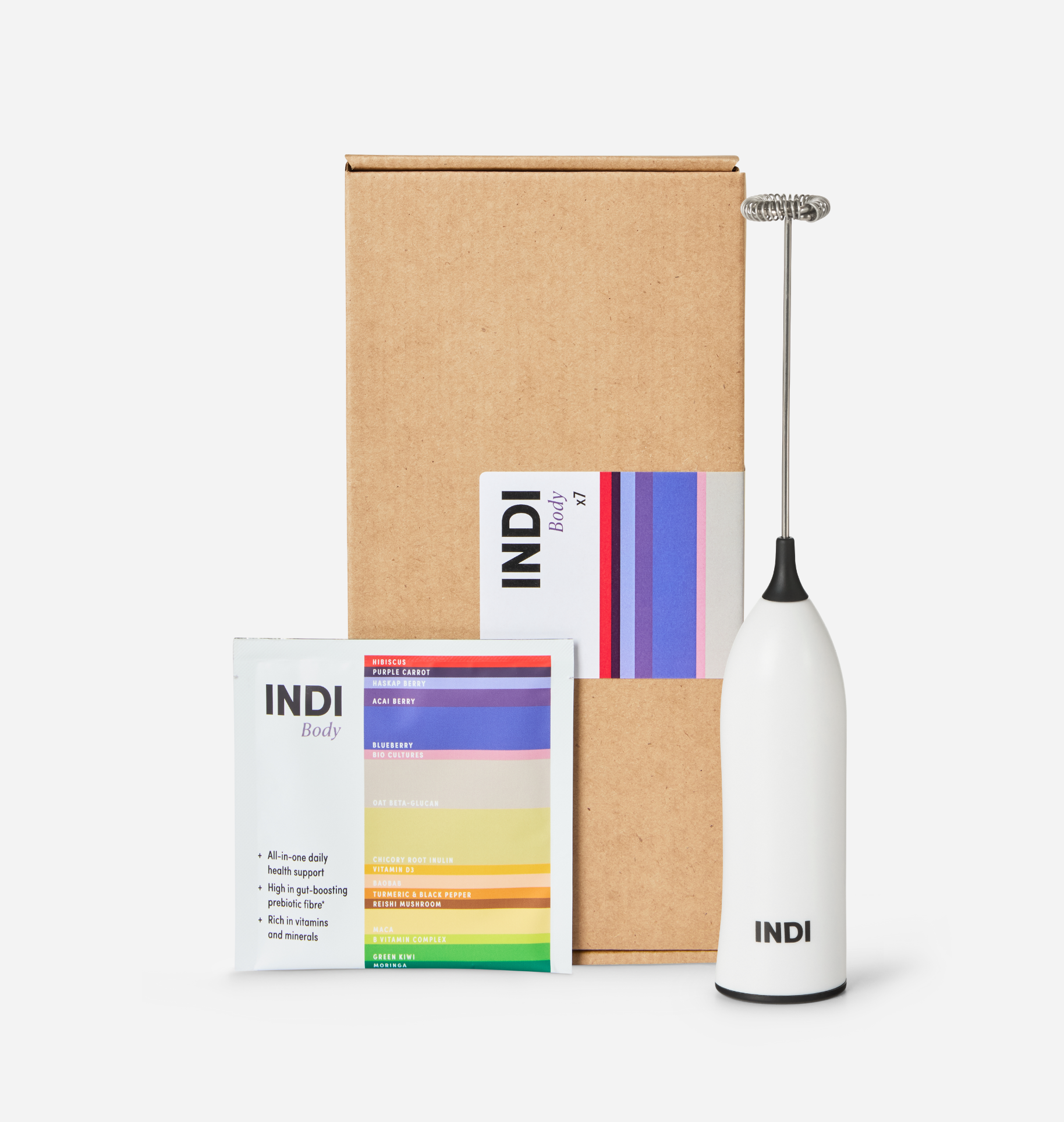Why food diversity is important
With access to thousands of varieties of food from different cuisines around the world, you could be forgiven for thinking that our diets are diverse. The fact is that our diets are actually very limited. We’re creatures of habit and when life gets busy, convenience usually wins and we fall into patterns of eating the same meals week in and week out. It is recommended that we eat 30 different plant sources of fibre per week, but in reality, we’re eating roughly half of this—if not less.
But why is it so important to eat a whole different range of plants and not, for example, just 30 apples? The answer lies in the fact that there are vast differences in the nutrients found in different fruits and vegetables. While plants like fruits, vegetables, legumes, nuts and whole grains are high in fibre, they also contain huge amounts of diverse phytonutrients. Phytonutrients are responsible for the bright colours of plants that we know and love, such as orange carrots and purple berries; each has different benefits for the body. This is why we’re often told to “eat the rainbow”.
WHAT ARE PHYTONUTRIENTS?
“Phyto” is the Greek word for plant. So, literally translated it just means “plant nutrients”. These nutrients enable plant survival by fighting off bacteria, fungi and other threats. So it’s no surprise that these nutrients, when consumed in the diet, are also beneficial at helping our bodies, protecting us from disease and promoting other useful functions. There are over 25,000 types of phytonutrients, so we can’t talk about all of them, but here are three that are pretty great:
- Carotenoids are responsible for yellow, orange and red fruits and vegetables' fiery colours. They act as powerful antioxidants in the body, protecting us from oxidative damage. Alpha-carotene, beta-carotene found in carrots and lycopene found in tomatoes, are examples of carotenoids. Alpha and beta-carotene can be converted to vitamin A in the body, which we use to support our eye health, immune function, reproduction and cell growth.
- Anthocyanins are a subgroup of flavonoids, another phytonutrient found in dark purple and blue fruits and vegetables such as Haskap berries. These wonderful compounds have potent effects on the body, proven to enhance cognition, memory and immune function.
- Ellagic Acid, another amazing phytonutrient found in pomegranate, not only gives it its gorgeous deep pink colour but has also been shown to decrease inflammation after exercise.
TOP TIPS
30 types of plants a week can seem overwhelming, but increasing your plant diversity doesn’t need to be stressful or time-consuming. Here are some things we can all do to get us on our way:
- Pick up one new plant (fruit, vegetable, legume, grain) in your shop each week that you’ve not eaten before.
- Try to add one extra plant to each meal, whether it’s some fruit with your breakfast or some borlotti beans in your soup.
- Try a carbohydrate swap—why not try a chilli with bulgar wheat instead of rice.
- Add a daily health enhancer to your daily diet—such as Indi Body.
Body
£55.00
Our delicious berry flavour whole food and fibre-rich plant powder bolsters your daily diet to improve gut health, digestion, energy, mood and more. Loved by nutritionists, it's an everyday essential that virtually anyone will benefit from.
Need convincing? Try our 7 day trial pack for just £15.
